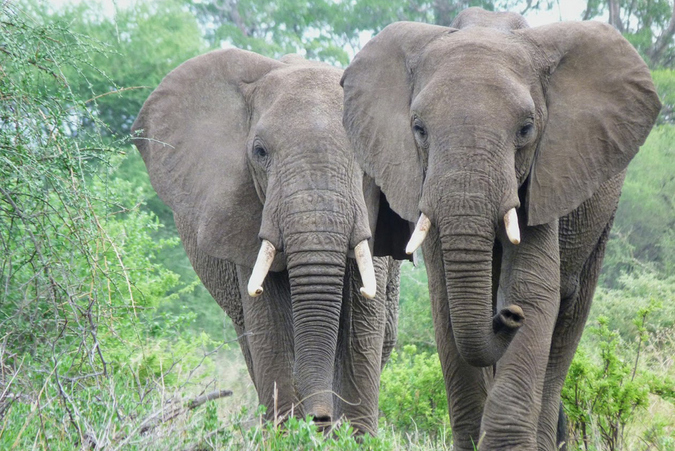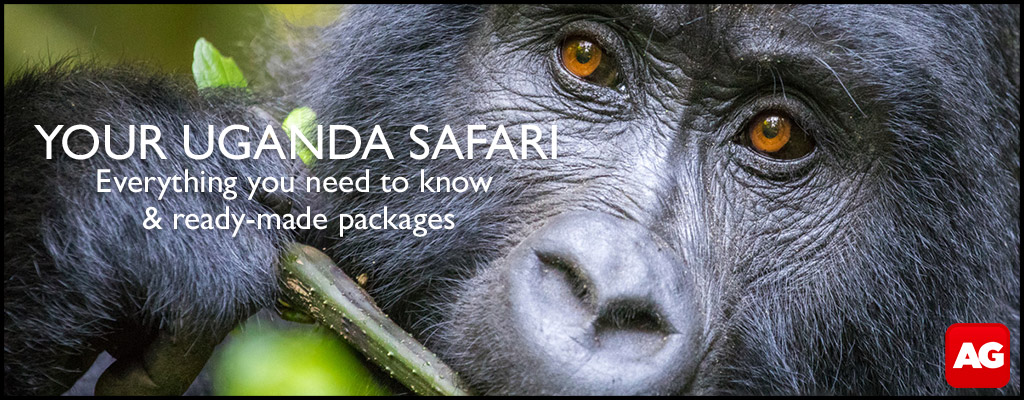
Elephant poaching rates in Africa have started to decline after reaching a peak in 2011, an international team of scientists has concluded. However, the team stresses that the population remains threatened without continuing action to tackle poverty, reduce corruption, and decrease the demand for ivory.
The research, which included scientists from the universities of Freiburg, York, and the Convention for the International Trade in Endangered Species (CITES), revealed a decline in the annual poaching mortality rate from an estimated peak of over 10% in 2011 to less than 4% in 2017.
It is estimated there are around 350,000 elephants left in Africa, but approximately 10-15,000 are killed each year by poachers.
“This is a positive trend, but we should not see this as an end to the poaching crisis,” cautions Severin Hauenstein, from the University of Freiburg. “After some changes in the political environment, the total number of illegally killed elephants in Africa seems to be falling, but to assess possible protection measures, we need to understand the local and global processes driving illegal elephant hunting.”
For the study, which was published in the current issue of the journal Nature Communications, the researchers analysed annual elephant carcass-encounter data from 53 MIKE (Monitoring the Illegal Killing of Elephants) sites across 29 countries in sub-Saharan Africa between 2002 and 2017. They compared this to local and global socio-economic factors (including ivory price) to identify processes associated with poaching rates.
Their results indicate that on an international scale, the reduced demand for ivory in the main Chinese markets was associated with the decline in the poaching rates. While in a regional comparison between the different study sites, corruption, and poverty among the local population are the main factors that drive poaching rates.


Dr Colin Beale, from the University of York’s Department of Biology, said: “We are seeing a downturn in poaching, which is obviously positive news, but it is still above what we think is sustainable, so the elephant populations are declining.”
“The poaching rates seem to respond primarily to ivory prices in southeast Asia, and we can’t hope to succeed without tackling demand in that region.”
The team say it is impossible to say if the ivory trade ban introduced in China 2017 is having an impact on the figures as ivory prices started to fall before the ban and may reflect a wider downturn in the Chinese economy.
African elephant poaching increased during the early 2000s, with populations both inside and outside protected areas falling by 30% in seven years. Many scientists suspected the rise was due to growing demand for ivory in China, where carved ivory has long been treasured. Despite international intervention to curb the trade in ivory, the effectiveness of these policies has remained unclear.
Based on their findings, the researchers show that efforts to curb the demand for ivory in Asian markets and reduce local corruption and poverty could be more successful in the fight against poaching than solely focusing on law enforcement.
“We need to reduce demand in Asia and improve the livelihoods of people who are living with elephants in Africa; these are the two biggest targets to ensure the long-term survival of elephants,” said Dr Beale. “While we can’t forget about anti-poaching and law enforcement, improving this alone will not solve the poaching problem.”
Full report: Hauenstein, S., Kshatriya, M., Blanc, J., Dormann, C. F., Beale, C. M. (2019). African elephant poaching rates correlate with local poverty, national corruption and global ivory price. Nature Communications. DOI: https://doi.org/10.1038/s41467-019-09993-2
To comment on this story: Login (or sign up) to our app here - it's a troll-free safe place 🙂.![]()
HOW TO GET THE MOST OUT OF AFRICA GEOGRAPHIC:
- Travel with us. Travel in Africa is about knowing when and where to go, and with whom. A few weeks too early / late and a few kilometres off course and you could miss the greatest show on Earth. And wouldn’t that be a pity? Browse our ready-made packages or answer a few questions to start planning your dream safari.
- Subscribe to our FREE newsletter / download our FREE app to enjoy the following benefits.
- Plan your safaris in remote parks protected by African Parks via our sister company https://ukuri.travel/ - safari camps for responsible travellers






